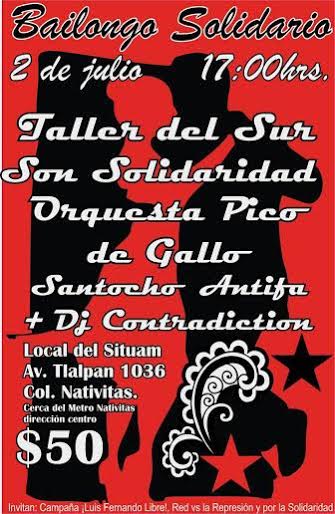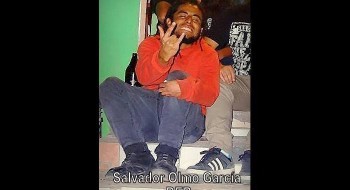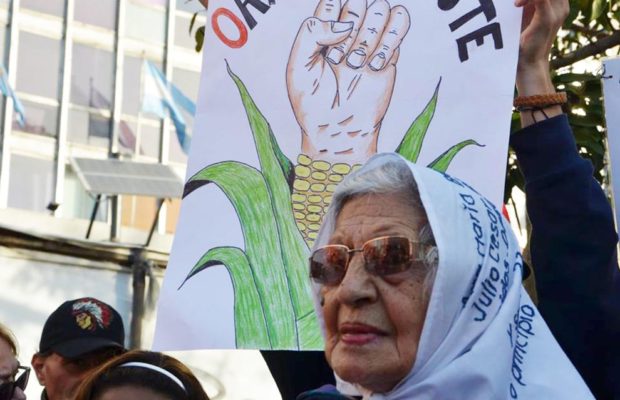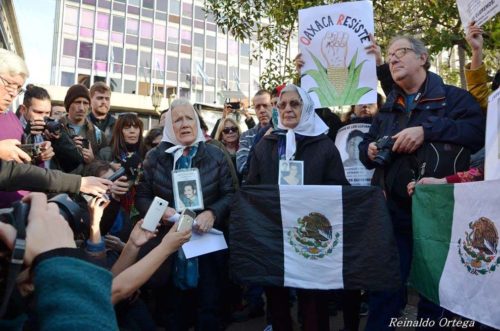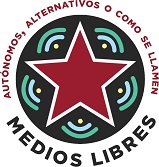
Author
(Español) Testimonio de sobrevivientes de la represión en Nochixtlán, Oaxaca
CÁPSULA RADIOFÓNICA SOBRE HERIDOS EN NOCHIXTLÁN
Noticias de Abajo ML.- Te invitamos a escuchar y difundir esta cápsula radiofónica sobre los heridos del pasado 19 de junio del 2016 en Nochixtlan Oaxaca, donde la policía federal asesinó a 11 compañeros y lesionó a más de una centena de personas:

(Español) Bailongo solidario y jornada de cartas de la campaña ¡Luis Fernando libre!
Bailongo solidario por Luis Fernando Sotelo
Sábado 2 de julio de las 17:00 a las 22:00 horas en el local del SITUAM, ubicado en Calzada de Tlalpan #1036, cerca del metro Nativitas, cooperación solidaria $50.
A LOS COMPAÑERXS ABAJO Y A LA IZQUIERDA
A LA RED CONTRA LA REPRESIÓN Y POR LA SOLIDARIDAD
A LAS ORGANIZACIONES, COLECTIVOS E INDIVIDUOS ADHERENTES A LA SEXTA DECLARACION DE LA SELVA LACANDONA
A LA ZEZTA INTERNACIONAL
A LXS COMPAÑERXS SOLIDARIXS:
Nuestro compañero Luis Fernando Sotelo Zambrano lleva más de un año privado de su libertad dentro del reclusorio sur de la ciudad de México, desde el día 5 de noviembre del año 2014 día en el que se encontraba retirándose de las instalaciones de ciudad universitaria pues había ido a solidarizarse con las diferentes actividades dentro de la tercera jornada global en solidaridad con Ayotzinapa, acusado de ataques a la paz pública, y daño agravado por quemar una unidad del metrobus así como una estación del mismo transporte, aunque en ningún momento desde su detención aportara el ministerio público o la empresa, prueba alguna en su contra, nuestro compañero fue consignado; durante el proceso han existido violaciones flagrantes a sus derechos humanos y al debido proceso del propio sistema judicial donde, a pesar de que no existen pruebas en su contra, ya que el chofer del metrobús dijo no reconocerlo y que en su primera declaración existían cosas que él no había dicho, así como una serie de contradicciones de las testimoniales de todos los policías que ofreció el ministerio público. Aunado a esto tenemos que enfrentarnos al retraso del proceso ya que todas y cada una de las instancias judiciales han prolongado los términos legales lo más posible, vemos que al ser evidente que es un caso imposible de sostener por el ministerio público, el sistema judicial lo cobija alargando el proceso en cada instancia, tiempo que transcurre mientras que nuestro compañero continua privado de su libertad.
Es por ello que hoy hacemos un llamado a todos las organizaciones, colectivos y personas solidarias a quienes convocamos a:
JORNADA DE CARTAS DIRIGIDAS AL JUZGADO CUARTO DE DISTRITO EN MATERIA DE AMPARO PENAL EN LA CIUDAD DE MÉXICO (INSURGENTES SUR NUM. 2065 PISO 12° TORRE “A” SAN ANGEL DELEGACION ALVARO OBREGON CIUDAD DE MÉXICO 01000) PARA EXIGIRLE A LA JUEZ QUE NO RETRASE MAS LA RESOLUCIÓN DE AMPARO INDIRECTO INTERPUESTO POR LA DEFENSA DE LUIS FERNANDO SOTELO Y EXIGIENDO LA LIBERTAD INMEDIATA DE NUESTRO COMPAÑERO:
¡Libertad y Justicia para Luis Fernando¡
¡Presos Políticos Libertad¡
